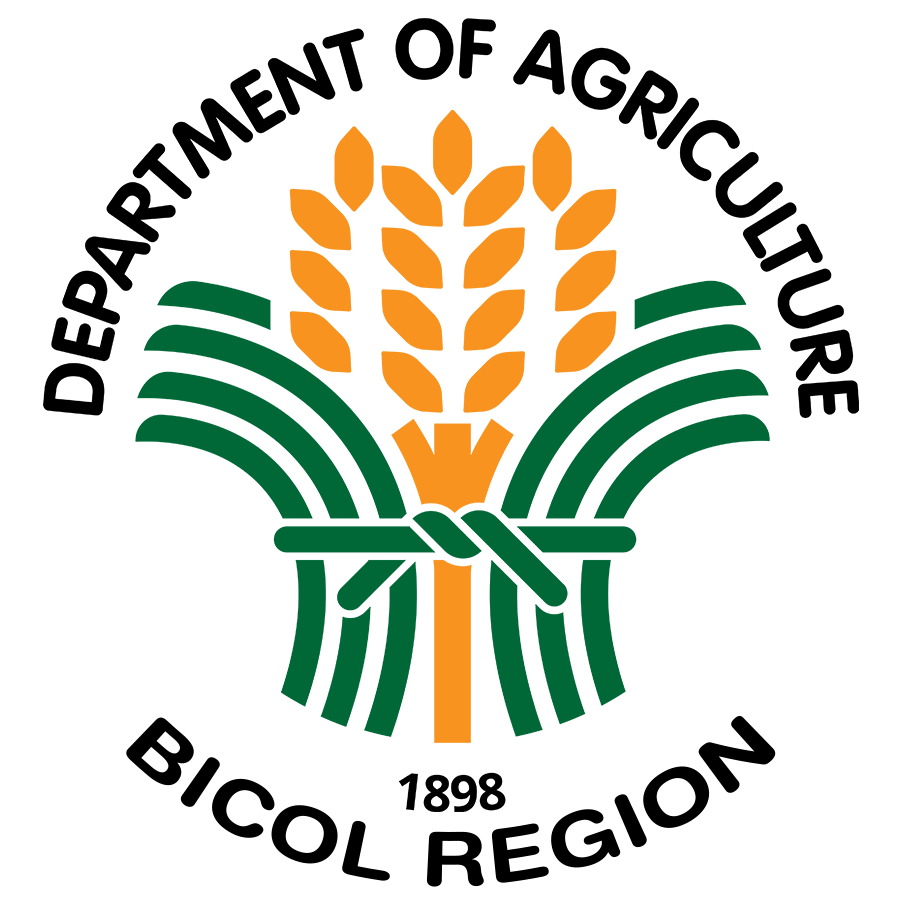SAN AGUSTIN, PILI, CAMARINES SUR – With the PAGASA prediction of an occurrence of El Niño in the first and second quarter of the year, the Department of Agriculture regional office here braces up and prepares its Action and Rehabilitation Plan.
Based on the assessment made by the DA technical team some 44,952 hectares and about 45,383 farmers in the 6 provinces are projected to be vulnerable and likely to be affected. For corn, an estimated 28,918 hectares and 28,921 farmers are also expected to be affected. These are mostly the rainfed and upland areas and those at the tail end of irrigation systems. For high value crops about 484 hectares and 916 farmers are likely to be affected.
OIC-Regional Technical Director for Operations and Extension, Rodel P. Tornilla convened early this week the El Nino Task Force to firm up the contingency measures anchored on a three-pronged strategies. The first strategy will be maximization of production in less vulnerable areas. The second is saving production in vulnerable areas and third will focus on rehabilitation of affected areas.
In order to maximize production, the DA will be distributing certified and hybrid palay seeds and fertilizers to rice farmers; open pollinated corn flint; glutinous & hybrid corn and GM seeds and fertilizers to corn farmers; lowland vegetable seeds including legumes such as mungbean and flower inducers.
Under the second strategy which will address saving production in vulnerable areas DA Bicol proposes to provide fuel subsidy. It has requested the DA central office for a budget for this amounting to P28million. Moreover , it targets to install an additional 200 units of Pump Irrigation from Open Sources (PISOS ). To forestall pest infestation pesticides, insecticides and fungicides will be distributed to rice farmers. Similarly for corn farmers and HVCDP fuel subsidy, distribution of PISOS are being considered as interventions along with distribution of sprinklers and HDPE pipes and plastic drums for HVCDP farmers.
The occurrence of El Nino might also cause heat stress to livestock and poultry production as well as affect the pasture areas for small and large ruminants. The regional office has thus buffer stocked vitamins, biologics, dewormers . It has also provision for feed supplements.
In addition, DA Bicol is promoting and positioning drought tolerant varieties like the Green Super Rice (GSR lines) and other NSIC varieties. It is also promoting drought mitigating technologies such as the Alternate Wet and Drying Method, ratooning, silage making, drip irrigation, mulching etc. It will intensify its irrigation support for small irrigation systems such as the Shallow Tube Wells, Small Water Impounding Projects, Diversion dams, solar pump, wind pump, drip irrigation, drums etc, It is also fast tracking the Implementation of the Solar Powered Irrigation Project. To date there are already 3 of these now operational in Cam. Sur. Two more will soon be operational.
To date there are unofficial reports reaching the regional office reports that Castilla town in Sorsogon. San Fernando in Cam. Sur and Libon in Albay are already experiencing long dry spell with below normal rainfall. According to the Agricultural Program Officer (APCO) Masbate, Wilfredo Nelmida , 45% of their province is already affected by the long dry spell.
Although cloud seeding is being considered also as an option. this is not recommended to all areas. In Masbate for example cloud seeding may affect the mango plantations there which is now an emerging industry. Aside from being expensive because it needs a chartered plane and fuel is costly, cloud seeding is also dependent on the presence of clouds in an area and vulnerable to wind direction. (Emily B. Bordado)
